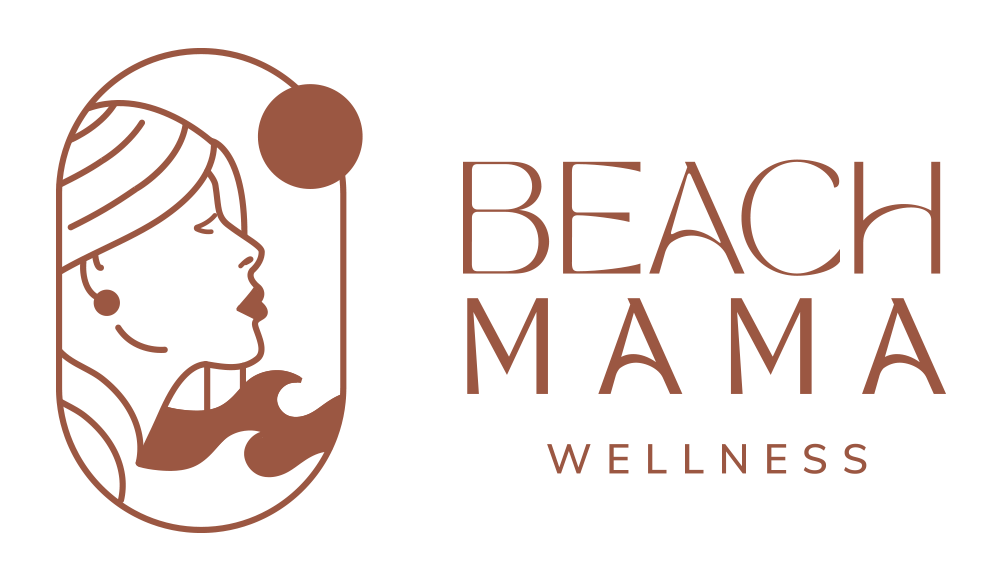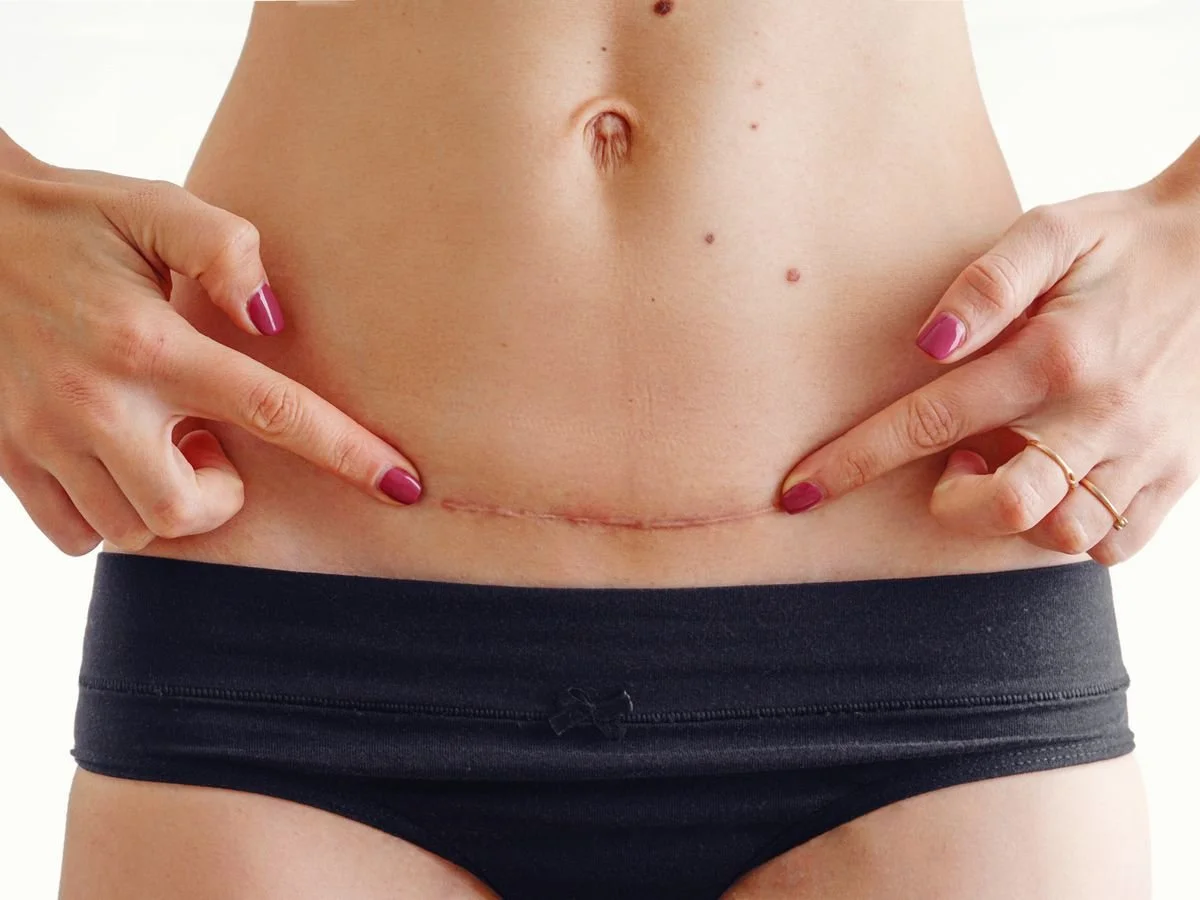Pelvic Therapy After a Cesarean Birth: Do YOU Need it ?
How do you know if you need to go to rehab after having a cesarean? IF YOU’VE HAD A CESAREAN! It’s true, I wish every mom who went through this major surgery went straight to pelvic therapy afterwards. Why? Well, like I said… a c-section is a major surgery. There seems to be a common misbelief that a c-section is actually easier on your body. Totally untrue; and what I hear more times than not is “why would I need pelvic therapy after a c-section? Nothing happened to my vagina?”
During this procedure, 7 layers of tissue are cut through to reach baby. SEVEN! So although baby is not passing directly through your vaginal canal, this can still majorly affect not only your abdomen but your reproductive organs, bladder and pelvic floor as well. Restriction around the incision can result in DRA, pain, low back or pelvis dysfunction, instability and the dreaded c-section shelf.
Not to mention you were pregnant for 10 months prior to that surgery. The pelvic floor muscles, vaginal, and vulvar tissues sustain stress during pregnancy. This stress can cause issues with urinary, bowel, and sexual function.
What to expect in your pelvic floor assessment post Cesarean
Your evaluation will be similar to that of someone who gave birth vaginally. We start by looking at your posture and standing movement as this can be affected in the exact same way. From there, we will assess the mobility of the tissue in your abdominal wall. How is your scar moving? Do we notice a lot of scar tissue? Does it feel very painful or numb? Etc. All of these things may affect how your abdominal muscles are contracting so this is what we will assess next. We will perform a pelvic floor exam where we assess the mobility and coordination of the internal muscles. And from there, we will develop a game plan!
Here are some other signs that you should contact a pelvic floor therapist post cesarean:
Pain or numbness around incision site
A “shelf” over incision
Pelvic floor dysfunction including (but not limited to): incontinence, pain with intercourse, constipation, hemorrhoids, low back, tail bone or SIJ pain
Diastasis Recti
What is a c-section “shelf”?
A “shelf” occurs when the layers of the scar adhere to one another creating lack of movement and an indentation. Sometimes, the tissue above the scar will puff up, creating what we call a “shelf”. This “shelf” can cause dysfunction in our body but also be a source of insecurity. In most cases this is easily treatable with scar tissue management and other techniques in pelvic therapy.
If left untreated, a “shelf” can lead to dysfunction including:
Lower abdominal “pooch”
Pain with certain clothing items
Bladder problems
Reproductive problems
Bowel problems
When should you start pelvic therapy after your c-section?
Great question! Around 8 weeks is the most ideal time as this is generally when it safe to begin manipulating your scar tissue. At this time we can do a full assessment and figure out what is best for your body!


